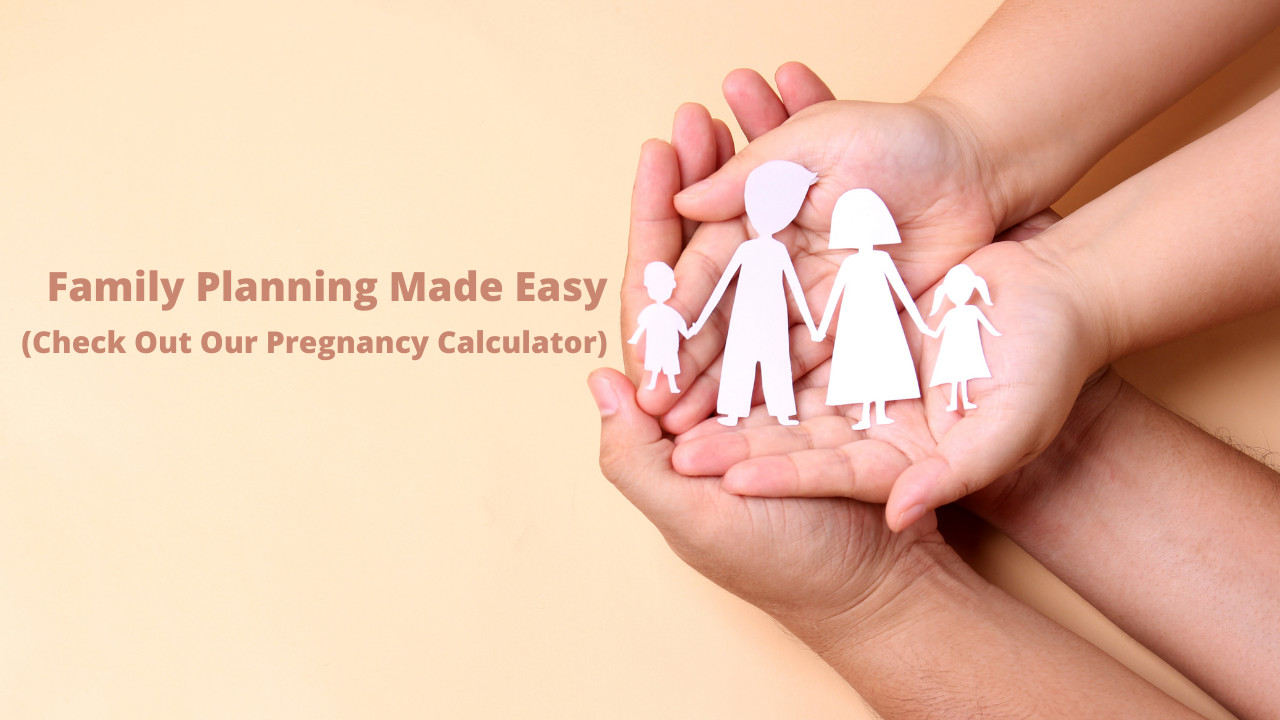
Pregnancy and Family Planning: A Comprehensive Guide
Introduction
Pregnancy and family planning are crucial aspects of reproductive health that have a profound impact on individuals, families, and communities. Understanding the complexities of pregnancy and the importance of family planning empowers individuals to make informed decisions about their reproductive lives. This comprehensive guide delves into the physiological, psychological, and social dimensions of pregnancy and family planning, providing a holistic perspective on these intertwined concepts.
Physiological Aspects of Pregnancy
Pregnancy is a remarkable physiological journey that involves significant changes in the female body. The process begins with conception, when a sperm fertilizes an egg in the fallopian tube. The fertilized egg then travels to the uterus, where it implants in the uterine lining.
Throughout the 40-week gestation period, the developing fetus undergoes rapid growth and development. The mother’s body undergoes numerous adaptations to support the growing fetus, including:
- Hormonal changes: Pregnancy hormones, such as progesterone and estrogen, prepare the uterus for implantation and support fetal development.
- Increased blood volume: The mother’s blood volume increases to meet the demands of the growing fetus and placenta.
- Uterine expansion: The uterus gradually expands to accommodate the growing fetus, reaching its maximum size at around 36 weeks.
- Cervical changes: The cervix softens and dilates in preparation for childbirth.
Psychological and Emotional Aspects of Pregnancy
Pregnancy is not only a physical but also a deeply emotional experience. Expectant mothers may experience a range of emotions, including:
- Joy and excitement: The anticipation of bringing a new life into the world can be an overwhelming source of joy.
- Anxiety and fear: Concerns about the health of the fetus, labor and delivery, and the future can trigger anxiety.
- Mood swings: Hormonal changes can lead to fluctuations in mood, making expectant mothers more emotional and sensitive.
- Body image issues: The physical changes associated with pregnancy can affect body image and self-esteem.
Family Planning
Family planning is the conscious effort to control the timing and spacing of pregnancies. It involves a range of methods and strategies to prevent or achieve pregnancy. Family planning empowers individuals to make informed decisions about their reproductive lives and achieve their desired family size and spacing.
Methods of Family Planning
There are various methods of family planning available, each with its own effectiveness and side effects. These methods include:
- Barrier methods: Condoms, diaphragms, and cervical caps physically block sperm from reaching the egg.
- Hormonal methods: Birth control pills, patches, and implants use hormones to prevent ovulation or thicken cervical mucus.
- Intrauterine devices (IUDs): Small devices inserted into the uterus that release hormones or copper to prevent pregnancy.
- Implants: Long-acting, reversible contraceptives that are inserted under the skin of the upper arm.
- Sterilization: Surgical procedures that permanently prevent pregnancy, such as tubal ligation for women and vasectomy for men.
Importance of Family Planning
Family planning has numerous benefits for individuals, families, and communities:
- Improved maternal and child health: Spacing pregnancies reduces the risk of premature birth, low birth weight, and maternal complications.
- Economic empowerment: Family planning allows women to pursue education, careers, and other opportunities, contributing to economic growth.
- Reduced poverty: Smaller families can reduce financial strain and improve living standards.
- Environmental sustainability: By reducing population growth, family planning can help mitigate environmental degradation.
Access to Family Planning
Access to family planning services is essential for reproductive health and well-being. However, barriers to access persist in many parts of the world, including:
- Cost: Family planning services can be expensive, especially in low-income countries.
- Stigma: Cultural and religious beliefs can create stigma around family planning, preventing individuals from accessing services.
- Lack of information: Limited access to accurate information about family planning can hinder informed decision-making.
Addressing Barriers to Family Planning
Overcoming barriers to family planning requires a multi-faceted approach:
- Government support: Governments should allocate funds for family planning services and implement policies that promote access.
- Education and outreach: Comprehensive sex education and family planning information should be provided to empower individuals.
- Community engagement: Involving community leaders and organizations can help reduce stigma and increase awareness.
- International collaboration: Global partnerships and funding are crucial for expanding access to family planning services in developing countries.
Conclusion
Pregnancy and family planning are interconnected concepts that have a profound impact on individuals, families, and communities. Understanding the physiological, psychological, and social dimensions of pregnancy empowers expectant mothers to make informed decisions about their health and well-being. Family planning, through the use of effective methods and the removal of barriers to access, allows individuals to control their reproductive lives, improve their health, and contribute to the well-being of their families and societies. By embracing a holistic approach to pregnancy and family planning, we can create a future where every individual has the opportunity to make informed choices about their reproductive health and achieve their desired family size and spacing.